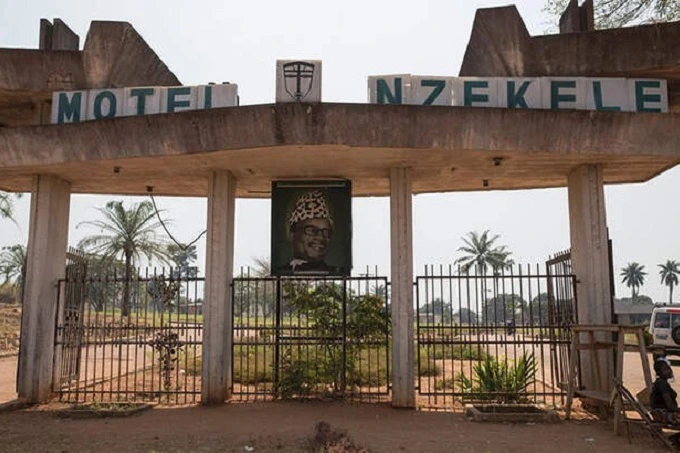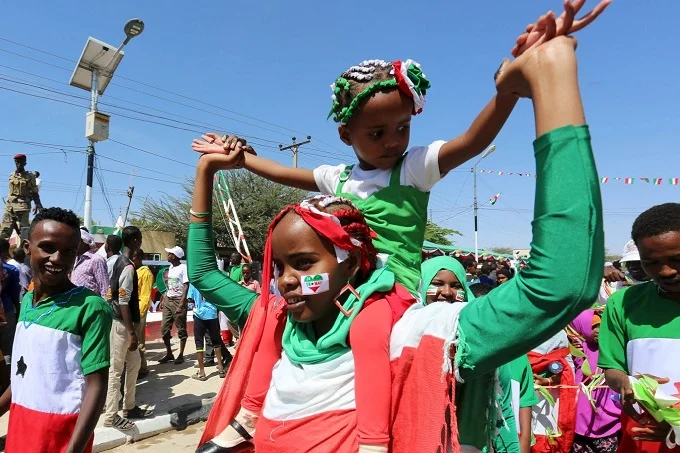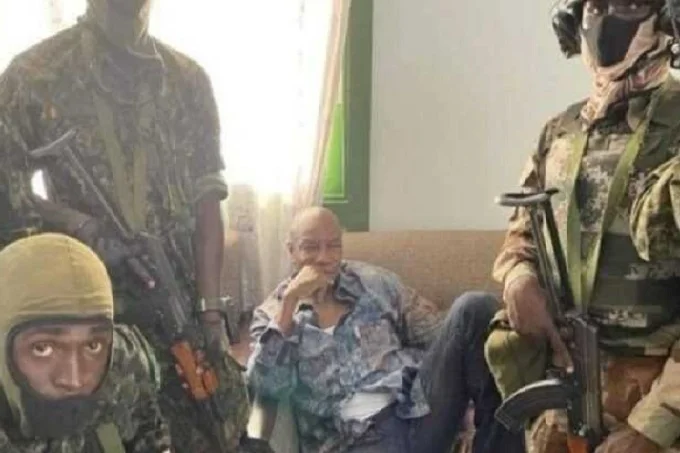Thomas Sankara thought it best “to let himself be killed instead of killing”
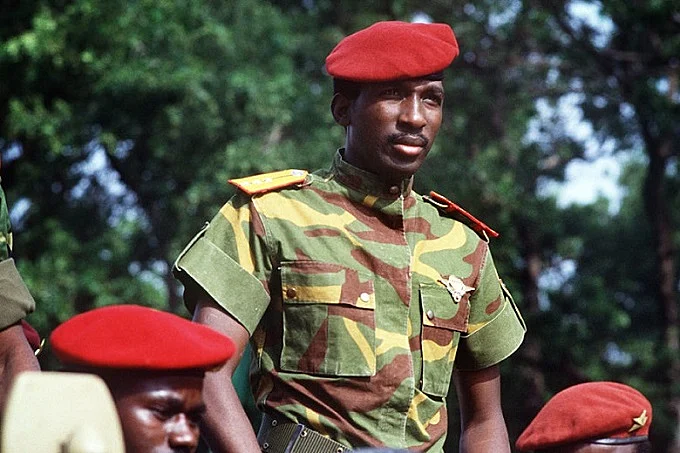
The trial of the assassination of Thomas Sankara and his twelve companions continued on Tuesday and Wednesday. After the hearing of the last witnesses, the experts intervened between the presentation of exhibits.
The last witnesses to give their testimony by videoconference were Moussa Diallo, former aide-de-camp to President Thomas Sankara, and the American journalist Stephen Smith.
Blaise Compaoré, a man thirsty for power
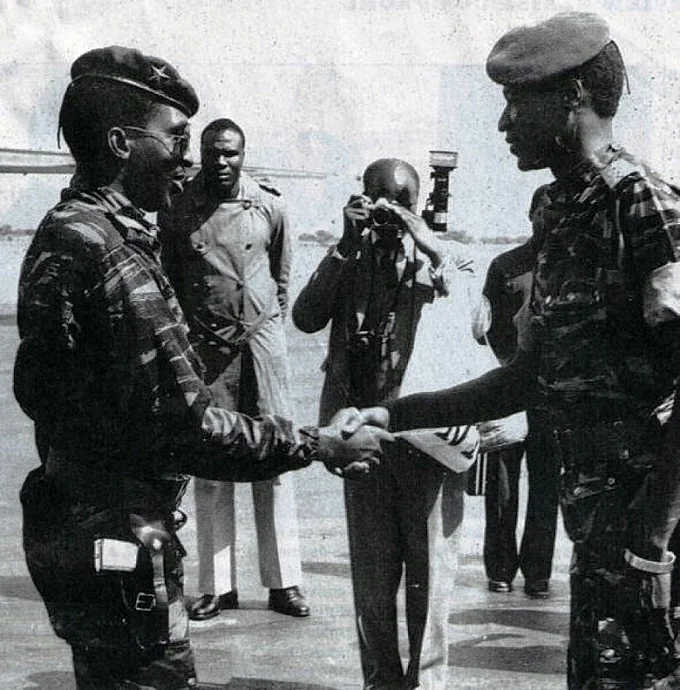
From the testimony of Moussa Diallo, a retired military colonel and magistrate living in France, it is clear that October 15, 1987, was premeditated. It was the result of a plot that began before the revolution with a man who wanted to take all the power. And Thomas Sankara saw his death coming since he was well aware of the plot that was being hatched against him but preferred not to do anything to stop the process.
“Thomas Sankara knew that he was going to die in this affair. He was ready for the supreme sacrifice. He believed in his ideals. He may have thought that the best service to render to the revolution was to let himself be killed instead of killing,” continues the witness, who takes issue with the discourse served up by the Blaise Compaoré camp, which, after the coup, tried to sully the image of the assassinated President by presenting him as a renegade. For Moussa Diallo, there is no doubt that Thomas Sankara was “the soul of the revolution”.
The witness, therefore, rejects the thesis of the attempted arrest that went wrong. At the same time, he dismisses out of hand the claim that the events of October 15 were initiated by uncontrolled elements of Blaise Compaoré’s guard, who merely assumed responsibility for the events.
Moussa Diallo supports his position with a question that has often been asked since the opening of this trial: “If this is true, why didn’t you punish them or why did you keep them in your service?” In his testimony, the former gendarme did not spare Gilbert Diendéré, who “was at least a willing participant or beneficiary, given his rise after the events,” said Moussa Diallo.
The witness also mentioned a telephone exchange on the day of the tragedy between Gilbert Diendéré and his Nigerien colleague Moussa Ganda. Indeed, as Moussa Diallo went to his office at around 3:00 p.m. on October 15, he met the Nigerien officer who asked him to call Gilbert Diendéré.
The witness did so by calling the Council of the Entente switchboard. While Moussa Ganda talked to Gilbert Diendéré, the call suddenly went dead. When Moussa Diallo called back, a soldier picked up the phone and told him that there was shooting at the Conseil de l’Entente.
According to Ninda Pascal Tondé’s audio, he acted on instructions from his former boss, Gilbert Diendéré. However, during his hearing, the accused stated that he acted on his own initiative and not on the instructions of Gilbert Diendéré
Called to the stand for a confrontation, Gilbert Diendéré said he had no recollection of this telephone exchange with the Nigerien officer. Better yet, he maintains that he was not in the Council compound when the first shots were fired but that he was on his way to the sports field. In response to Gilbert Diendéré’s comments, Moussa Diallo suggested that the Court take steps to hear the voice of Moussa Ganda, who is still alive, so that the truth may come out.
After Moussa Diallo, the Court heard from journalist Stephen Smith, who at the time of the events was a correspondent for RFI and the daily newspaper Libération in Abidjan, via videoconference. Given his position, he was well aware of the deteriorating relationship between Thomas Sankara and Blaise Compaoré.
“When we saw Sankara, Blaise was not there. And within the committees for the defense of the revolution, we could see that the momentum of the early years of the revolution had gone,” he said. Stephen Smith told the Court that he had a telephone conversation with Thomas Sankara 24 or 48 hours before his assassination.
“It was the first time he had called me directly and not through his aide-de-camp. He always spoke in a cheerful and friendly tone, but that day I could sense from his voice that he was not in control of the situation. When he hung up, I felt a lump in my stomach. But at the time, I didn’t realize the importance of that phone call,” he said.
Afterwards, Stephen Smith went to Burkina Faso and was even received by Blaise Compaoré before being declared persona non grata for six years in that country after RFI broadcast an interview with him by Boukari Kaboré.
Presentation of exhibits and intervention of experts
At the end of the hearing of journalist Stephen Smith, the trial moved to another stage, that of the presentation of exhibits. The first is the audio recording in which Ninda Pascal Tondé, accused of attempted witness tampering, asked Abderrahmane Zétiyenga not to tell the investigating judge that he was present at the Conseil de l’Entente at the time of the tragedy.
According to what Ninda Pascal Tondé said in the audio, he acted on instructions from his former boss, Gilbert Diendéré. But during his hearing, the accused said he acted on his own initiative and not on instructions from Gilbert Diendéré.
After listening to the audio recording, the accused did not make any new statements. He just indicated that he stood by his previous statements. Wednesday’s hearing began with the intervention of the three experts appointed to autopsy the remains of the victims, carry out the ballistic analysis, and do DNA tests. These experts are Professor Robert Soudré, a retired pathologist, Dr. Norbert Ramdé, an expert in personal injury compensation, and Divisional Commissioner Moussa Millogo, a ballistics expert.
The results of the ballistic expertise carried out by Moussa Millogo and his team on the remains of Thomas Sankara, and his companions reveal that the attackers used three types of ammunition: “7.62 mm that can be fired by Kalashnikovs, 7.62 mm that can be fired by HK G3s, and 9 mm that can be fired by machine pistols. The projectiles found on the remains of President Thomas Sankara’s clothes are tracer ammunition. These are bullets, when fired, they go up in flames. On the remains of the clothes worn by President Thomas Sankara, there were burns,” said the ballistics expert.
“In no grave did we find a single whole long bone. The bone structure of the head had become very brittle… The bones of Thomas Sankara were found at a depth of 45 cm. Other remains were found at a depth of between 22 and 58 cm.”
Moussa Millogo also explained that the lethal distance of the Kalashnikov is 25 m as opposed to 30 m and 12 to 15 m respectively for the HK G3 and the machine gun. The expert opinion reveals that Thomas Sankara was shot several times in the chest, lower abdomen, thigh, and back.
After analyzing the data at their disposal, the experts concluded that Thomas Sankara and his companions were victims of a “violent or criminal death”. If the clothes of the President of Faso were able to withstand the test of time, this is not the case for some of his companions whose clothes were completely destroyed.
In addition, the absence of metal objects or projectiles in certain graves, all of which did not allow the experts to affirm that bullets indeed killed certain victims. Professor Robert Soudré noted the advanced state of degradation of the victims’ bones due to the acidity of the soil and the way the bodies were buried. “In no grave did we find a single whole long bone. The bone structure of the head had become very crumbly,” said the professor, noting that the bones of Thomas Sankara were found 45 cm deep.
Other remains were found at a depth of between 22 and 58 cm. The identification of the remains was facilitated by identity cards, military cards, and rings found on some victims. At the moment, the experts’ report is not complete, since the results of analyses carried out in a foreign laboratory are still awaited.
Following the intervention of the experts, the second piece of evidence was presented to the Court on Wednesday, January 12, 2022. It is a video that reconstructs, in about 65 minutes, the facts that characterized the bloody day of October 15, 1987.
In this projected video, the actors of the trial (defendants and witnesses) give their version of the facts, sometimes directly from the theater of the macabre operation, the Council of the Entente. At the end of the projection, the military prosecutor did not fail to note the flagrant contradictions between the statements of some defendants and witnesses in the video and their testimony on the stand.


